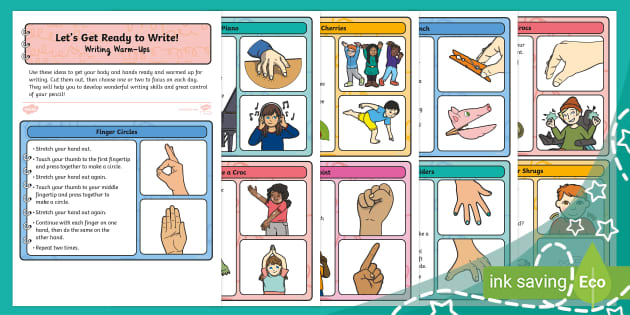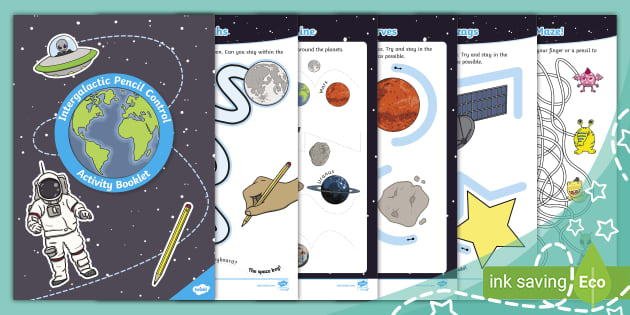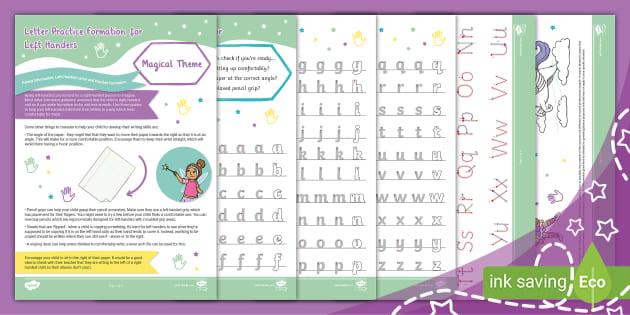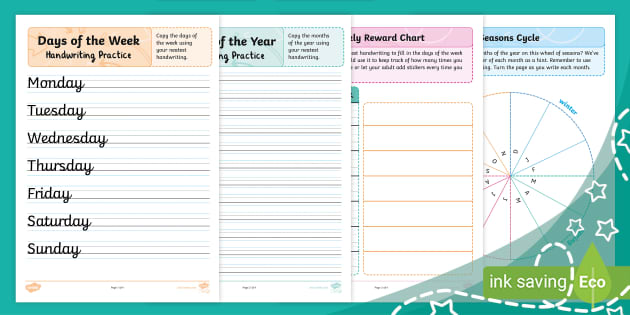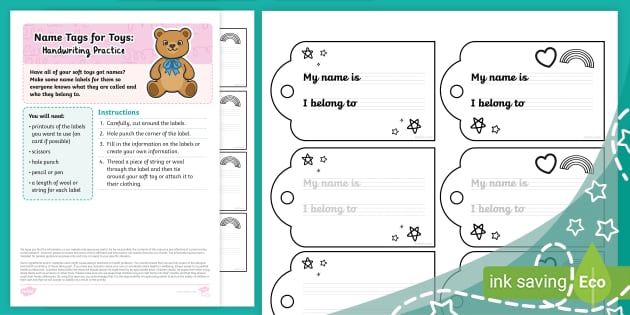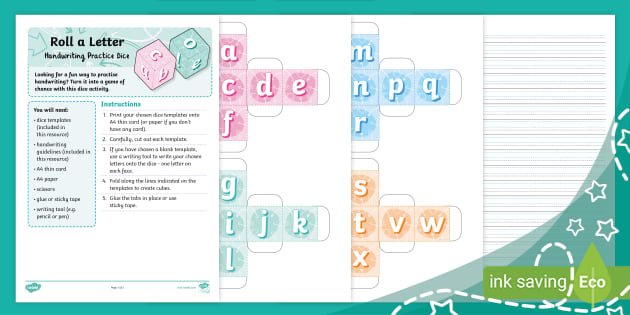
You can help your child write their letters on lines at home with our tips and activities to support the handwriting practice they do at school. There are many factors at play as your child learns to form and practise their first letters. They’ll need to learn to grasp a pencil correctly and also how to form the letters properly. In addition, they’ll need to judge how much room they need to write their letters. Can you imagine how many passport forms can’t be used because some-one misjudges how much space they need for their signature? Well, it’s the same and more for your little one when they begin their writing on a daily basis.
What’s in this blog?
Why are fine motor skills important for children learning to write?
Effective fine motor skills are important for your child so that they can hold and control a pencil more effectively to form their letters. You can practise your child’s fine motor skills at home before they even begin to hold a pen. For example, you could encourage them to fit shapes into a box, put jigsaw pieces together and thread objects on a piece of string.
You could also teach them how to use tweezers, as this will further develop their hand-eye coordination – they could try to fish for and pull out a range of objects from a bowl of water, such as pieces of cloth, string, pompoms, marbles, small plastic bricks and so on. All these activities can help your child to hold a pencil more confidently when forming their letters.
What is letter formation?
For each letter your child writes, they’ll need to produce a sequence of movements with the pencil to form a letter. They begin at a starting point and follow a set stroke, which is the same each time they form that particular letter. This is something that will need to be repeated hundreds and hundreds of times.
How do I teach my child to write their letters on lines?
Your child will learn groups of letters at a time and this will involve writing out each letter multiple times. You can help them in a number of ways:
-
Start with a fun warm-up activity to get the small muscles in your child’s hands ready for writing.
-
If your child is doing their writing on lined paper, make the lines more visible for your child – go over them with a thick felt-tip pen or in a different colour.
-
Try to make the lines the same size as your little one’s handwriting.
-
If your child is using a line guide underneath plain paper to practice handwriting, invest in some paper clips to clip the sheets together.
-
Be patient and praise your child’s efforts: they’re likely to find it incredibly frustrating at times.
-
Encourage your little one to concentrate on how to form the letters together rather than a quickly-finished product.
-
Model how to form the letters – copy the example on the sheet – and talk your child through as you go.
-
It’s good to keep practice times short so your little one doesn’t get tired – ten minutes at a time is long enough.
Activities to Practise Forming Letters with Your Child
1. Even before they start writing their letters, it’s a good idea for your little one to develop their motor skills and pencil control. They can learn how to follow and draw lines with this space pencil control activity booklet.
2. This worksheet is great for helping your left-handed child practise their first letters; you’ll find a template for your child to form each letter of the alphabet, including a guide on where to begin writing each letter and how to follow it (we call this a pen or pencil stroke).
3. You could print out this handwriting practice sheet and laminate it so your child can re-use it. The idea is that you have the days of the week and months of the year to practise writing.
4. These ideas for your child to learn to write their name offer suggestions and alternatives to putting pen to paper and being a little more creative when forming letter shapes.
Learning to Write My Name Activity Ideas
6. Alternatively, create a fun game of ‘roll a letter’ to encourage your child to practice writing all the letters in the alphabet in random order. This activity pack includes some guidelines for them to form each letter too.
If you’ve found the activities on writing letters on lines in this blog helpful for your child, why not find out more about supporting your child with their fine motor control?
You can also find more information about fun kids activities on www.easternsuburbsmums.com.au

